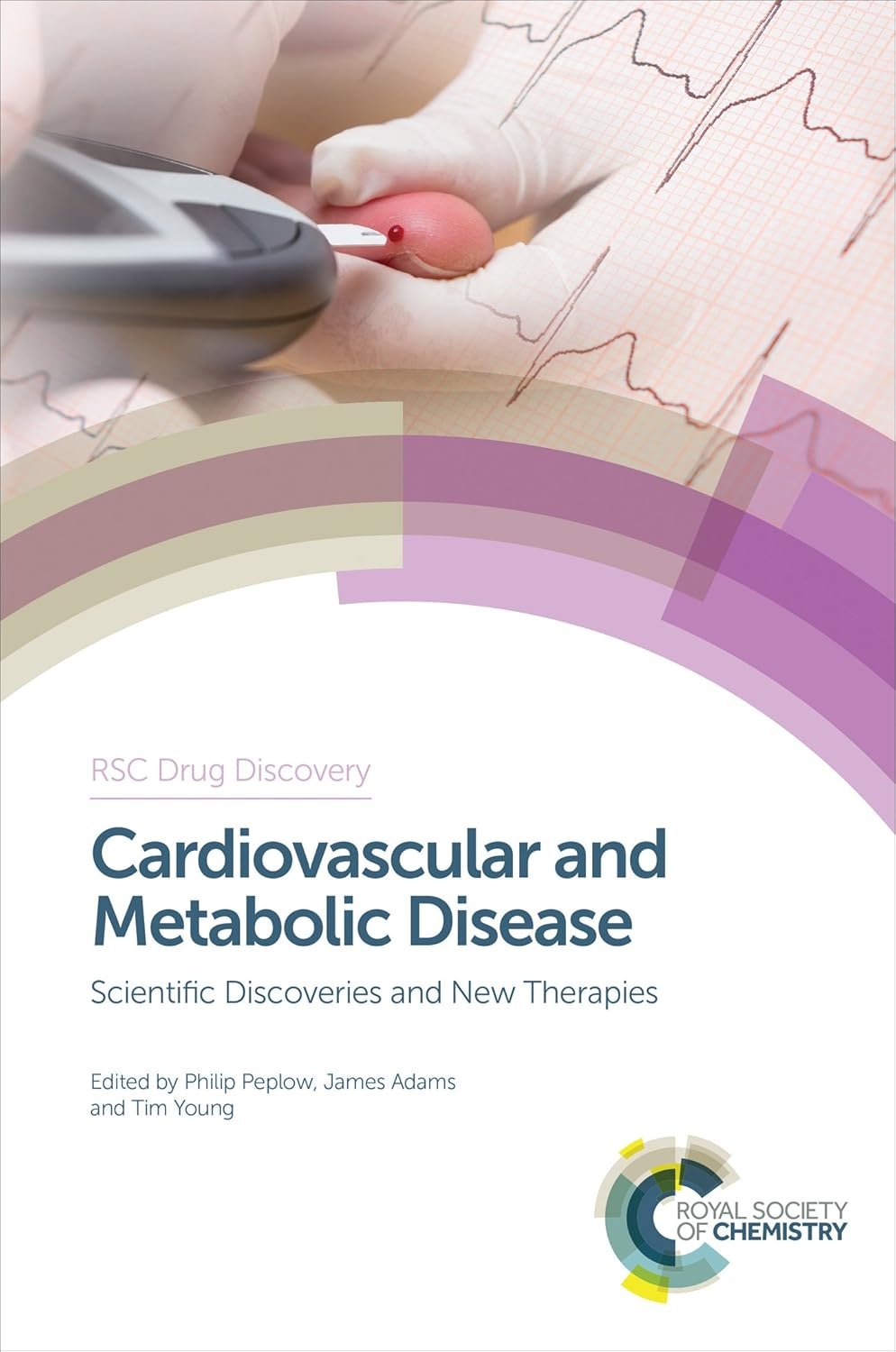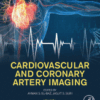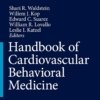Cardiovascular and Metabolic Disease PDF
Introduction
Cardiovascular and Metabolic Disease represents one of the most critical areas in modern medicine, as the two conditions are deeply interconnected. Cardiovascular diseases, such as heart failure, coronary artery disease, and stroke, often coexist with metabolic disorders including diabetes, obesity, and dyslipidemia. According to the World Health Organization (WHO), the global burden of cardiovascular and metabolic diseases continues to rise, creating significant healthcare and economic challenges. Understanding their shared mechanisms helps clinicians prevent, diagnose, and treat these conditions more effectively.
Why Cardiovascular and Metabolic Diseases Are Linked
The link between cardiovascular and metabolic disease lies in shared risk factors and biological pathways. Insulin resistance, chronic inflammation, and endothelial dysfunction contribute to both metabolic syndrome and heart disease. Obesity increases cardiac workload, while diabetes accelerates atherosclerosis through high blood sugar and vascular damage. The National Institutes of Health (NIH) highlights that managing metabolic health is a cornerstone of reducing cardiovascular morbidity and mortality.
Common Cardiovascular and Metabolic Complications
Diabetes and Heart Disease
Patients with diabetes face a higher risk of coronary artery disease, myocardial infarction, and heart failure.
Obesity and Hypertension
Excess body weight contributes to high blood pressure and left ventricular hypertrophy, leading to long-term cardiac dysfunction.
Dyslipidemia
Abnormal cholesterol levels accelerate plaque buildup in arteries, increasing the risk of ischemic heart disease and stroke.
Metabolic Syndrome
A cluster of conditions including central obesity, high blood pressure, high triglycerides, low HDL cholesterol, and impaired glucose tolerance significantly raises cardiovascular risk.
Chronic Kidney Disease
Closely linked to metabolic and cardiovascular disorders, kidney dysfunction worsens hypertension and vascular injury.
Risk Factors for Cardiometabolic Disease
Several factors increase the likelihood of developing both cardiovascular and metabolic conditions:
-
Sedentary lifestyle and lack of exercise
-
Unhealthy diet high in sugar, salt, and saturated fat
-
Obesity and central adiposity
-
Insulin resistance and type 2 diabetes
-
Genetic predisposition
-
Smoking and excessive alcohol consumption
-
Chronic stress and poor sleep quality
Diagnosis and Monitoring
Effective management requires comprehensive screening for both metabolic and cardiovascular health. Tools include fasting glucose, HbA1c, lipid profiles, blood pressure monitoring, ECG, echocardiography, and imaging studies to detect early vascular damage. Biomarkers such as C-reactive protein (CRP) also provide insight into chronic inflammation.
Management and Treatment
Prevention
Primary prevention involves lifestyle modification through regular exercise, a balanced diet, and weight management.
Pharmacologic Therapy
Statins, antihypertensives, glucose-lowering agents, and antiplatelet drugs play key roles in reducing cardiometabolic risk. New therapies, such as SGLT2 inhibitors and GLP-1 receptor agonists, have shown benefits for both diabetes and cardiovascular disease.
Lifestyle and Rehabilitation
Structured programs focusing on diet, physical activity, and smoking cessation significantly improve long-term outcomes.
Multidisciplinary Approach
Managing cardiovascular and metabolic disease requires collaboration between cardiologists, endocrinologists, dietitians, and primary care providers. The American Diabetes Association (ADA) and American College of Cardiology (ACC) emphasize integrated care to address the dual burden of these diseases.
Conclusion
Cardiovascular and Metabolic Disease reflects the inseparable relationship between heart health and metabolic balance. Early prevention, accurate diagnosis, and multidisciplinary management are essential to reduce complications and improve patient outcomes. This ebook serves as a practical guide for healthcare professionals, caregivers, and students seeking to better understand and manage the complex interactions between cardiovascular and metabolic conditions.
👉 Download Cardiovascular and Metabolic Disease PDF to explore evidence-based strategies, clinical guidelines, and real-world case studies for comprehensive patient care.
For further information, visit World Health Organization and American Diabetes Association.











